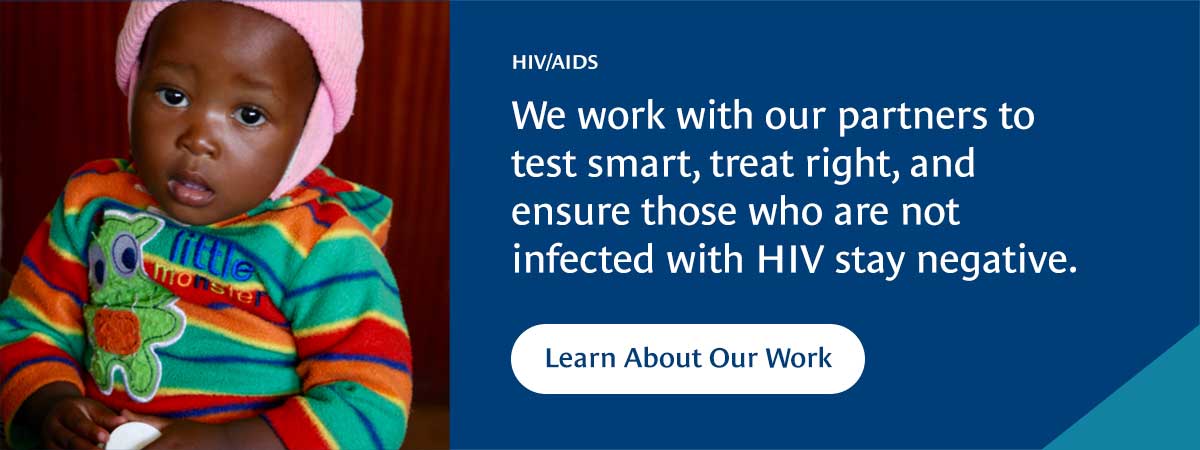Members of groups particularly at risk of HIV were interviewed to better understand their experiences with facilities that initiated them on PrEP and the factors that helped them adhere to treatment.
South Africa has one of the largest burdens of HIV in the world, estimated at 7.97 million people in 2019. HIV prevalence among adolescent girls and young women, as well as key populations such as men who have sex with men and sex workers, is particularly high. There were an estimated 66,000 new infections among adolescent girls and young women in 2017. Among female sex workers and men who have sex with men, the prevalence rate was 71.8 percent and 58.4 percent, respectively.
To reduce HIV infection rates among these populations, in 2016 South Africa introduced pre-exposure prophylaxis (PrEP), a preventative medication for HIV. PrEP was rolled out in four stages at 34 pilot sites, starting with those for female sex workers[1]. In 2017, it rolled it out to sites for men who have sex with men as well as universities, eventually expanding the program into general sites for young people in 2018.
In April 2021, only about 165,000 South Africans had been initiated onto PrEP[2] – a stark contrast to the high HIV-prevalence rate in the country. Among the drivers of low initiation is a lack of awareness about the availability of the drug as well as stigma around the use of PrEP.
To improve HIV prevention among adolescent girls and young women, female sex workers, men who have sex with men, and transgender people, members of these groups were interviewed to better understand their PrEP journeys. Their responses were captured in the following case study.
Download Case Study






